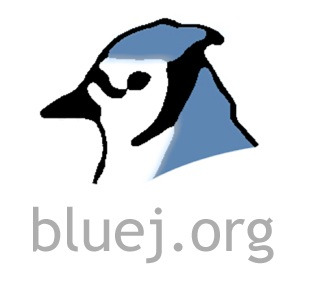BlueJ
BlueJ is a development environment that allows you to develop Java programs quickly and easily. Its main features are that it is:
- Simple BlueJ has a deliberately smaller and simpler interface than professional environments like NetBeans or Eclipse. This allows beginners to get started more quickly, and without being overwhelmed.
- Designed for teaching BlueJ is deliberately designed with good pedagogy in mind. There is a popular textbook designed for teaching introductory university/college courses with BlueJ, and a site full of teaching resources.
- Interactive BlueJ allows you to interact with objects. You can inspect their value, call methods on them, pass them as parameters and more. You can also directly invoke Java expressions without compiling. Thus BlueJ is a powerful graphical shell/REPL for Java.
- Portable BlueJ runs on Windows, Mac OS X, Linux and other platforms which run Java. It can also run without installation from a USB stick.
- Mature BlueJ is over fifteen years old, but continues to be updated and supported by a full-time team. We aim to respond to all technical support requests within one working day.
- Innovative BlueJ has several features not seen before in other IDEs. Its object bench, code pad, and scope colouring were all original BlueJ features.
(BlueJ.org)
The development of BlueJ was started in 1999 by Michael Kölling and John Rosenberg at Monash University, as a successor to the Blue system. BlueJ is an IDE. Blue was an integrated system with its own programming language and environment. BlueJ implements the Blue environment design for the Java programming language.
BlueJ is currently being maintained by a joint team at the University of Kent, Canterbury, England – where Kölling now lectures, and La Trobe University in Melbourne, Australia.
In March 2009, the BlueJ project became free and open source software, and licensed under GNU GPL with theclasspath exception. The latest version of BlueJ is 3.1.4 released on 26th September 2014
(Wikipedia)


